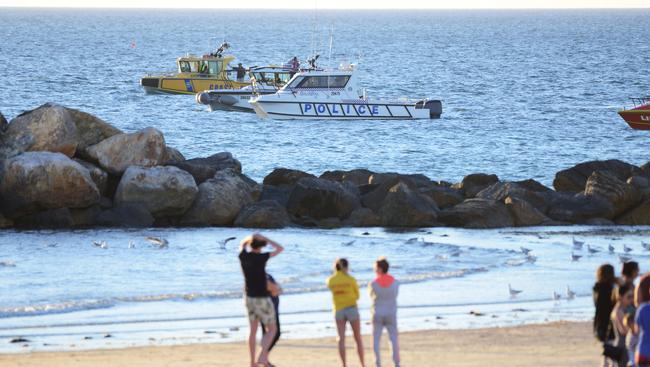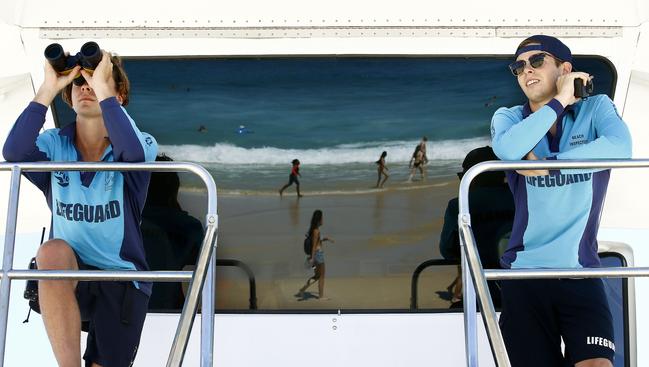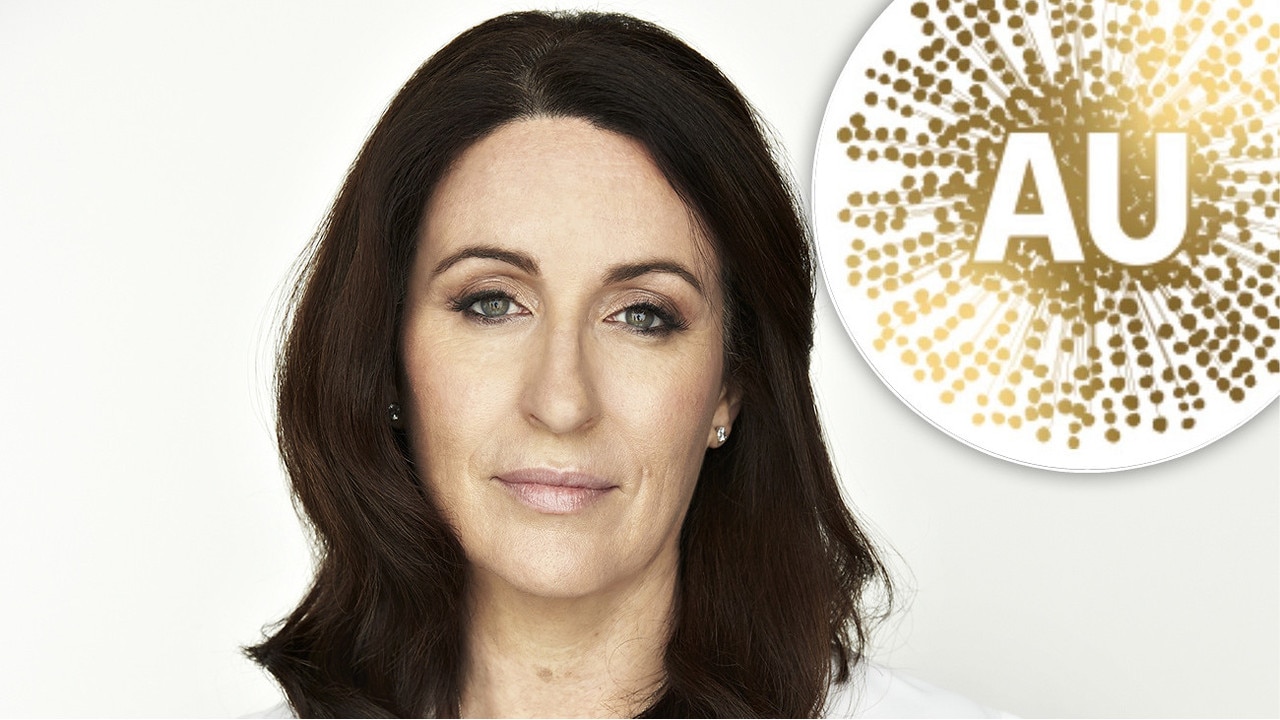We need to help tourists help themselves
AUSTRALIA’S drowning death toll is rising, and tourists are over-represented. Here’s one cheap and easy idea which could help save lives, writes Katy Hall.
Rendezview
Don't miss out on the headlines from Rendezview. Followed categories will be added to My News.
WHAT should be the last day of a once-in-a-lifetime holiday for a 15-year-old girl has ended in the most tragic of circumstances.
Swimming at South Australia’s Glenelg marina breakwater inlet with four of her friends on Sunday afternoon, the Indian student was revelling in a weekend afternoon spent overseas and the excitement that came from having just competed in the Pacific School Games.
The girl disappeared, and after 13 hours of tireless searching by police and surf life saving crews, her body was finally discovered on Monday morning.
“This breakwater in particular, it is terrible place. Most of Glenelg is very safe but here at this breakwater, it’s now the fourth drowning death of children in ten years,” reporter Tom Maclean told Channel 9 on Monday.

The teenager’s death also signifies a much broader issue.
According to the 2016-17 Royal Life Saving report, 20 of the 291 people who drowned within Australia during that period were international tourists visiting Australia.
“This is an issue we’re dealing with from a national front,” Shane Daw, the National Coast Risk and Safety Manager for Surf Livesaving Australia says.
“We know that a number of international tourists who come to Australia do get into trouble and have to be rescued, or, as in this case, end up drowning, which is very tragic.”
Around the country, the attempts to keep swimmers safe are many.
Beach entryways are marked with signage — often in multiple languages — and information leaflets can be found within international airport terminals and tourism hubs in beach cities. Virgin Airlines also has a safety video about swimming conditions in Australia in its in-flight media library for international travellers coming into the country.
“We’d love to see all airlines adopt something like that,” Daw says.
The problem is, though, all of these options — signs, printouts and videos hidden in media libraries — require those who need really need it to go looking for it. And as many will attest, those who really need it often don’t know that they do until it’s too late.
When entering Australia, travellers are handed a double-sided pamphlet explaining the strict laws surrounding what can and can’t be brought into the country (fruit bad; tacky holiday tees good), so why not add another that gives a quick overview about the unique swimming conditions of Australia’s beaches?

Even the most adept swimmers will tell you there’s no rip-tides like those found in Australia, and knowing what to do when the moment strikes can quite literally be the difference between life and death.
A short, bookmark-sized document informing travellers about swimming between the flags and what to do if you find yourself in a rip would not only offer a pre-emptive layer of protection to those entering our shores, but also support the tireless efforts of the life savers, who — if the TV show Bondi Rescue is anything to go by — routinely find themselves frustratedly trying to explain the rules to international tourists.
“We do know that our beaches are getting quite busy and that people are choosing not to swim between the red and yellow flags. And if you’re not between the red and yellow flags and get into trouble, the life savers might not be able to save you,” Daw says.
“The water may seem calm and the danger may seem to not be there but it only takes a moment. And if you’re not in the safe area it takes longer for response; lives can be lost.”
Sure, there may be those who don’t pay attention and toss a pamphlet it into their seat pocket, but surely a mandatory in-flight handout is better than none.
So could this be the way forward? Who knows. What we do know, though, is that we can’t keep watching fatality numbers rise.
Katy Hall is a RendezView writer and producer.
@katyhallway


